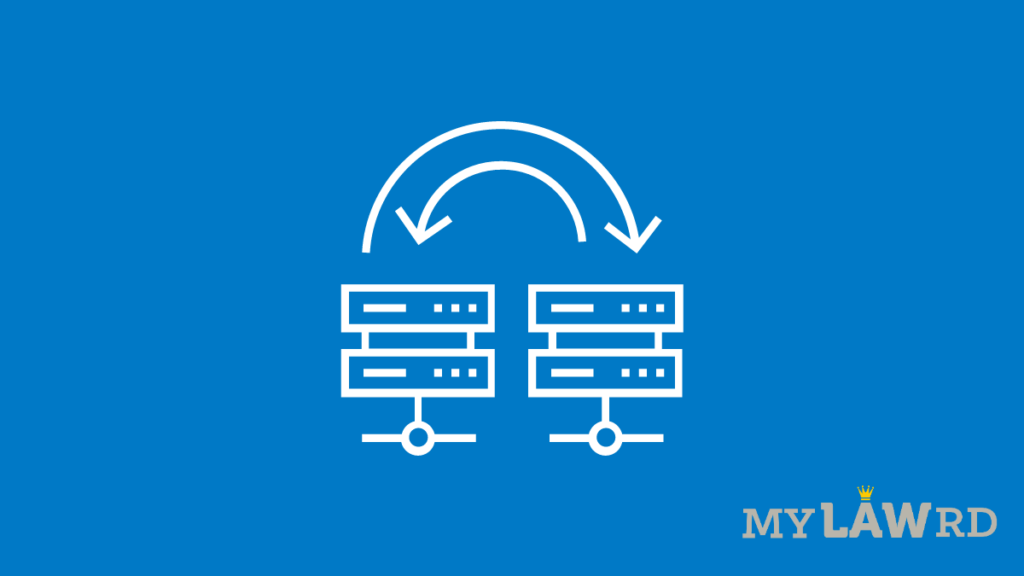Eight major banks have joined the Account Aggregator (AA) network that will consolidate all financial data of customers in one place and let them easily access and share it.
The arduous process of gathering each document, getting a statement from banks is enough to tire anyone planning on getting a loan, insurance, or any financial service. The AA framework aims to solve this problem.
What is the Account Aggregators framework?
Account Aggregation aims to solve this arduous process by making sharing of data easy by providing a single platform for the exchange of all information. AA is essentially a technology service that shares customers’ data with institutions that seek to use it. The framework will allow an account aggregator to digitally share data on the basis of user consent. It will also ensure the authenticity of the documents since it will source them directly from the financial entities. They facilitate, as an intermediary, the flow of data through Application Programming Interfaces (APIs).
The Reserve Bank of India (RBI) certified AAs as a new type of NBFC (Non-Banking Financial Company) in 2016. The primary function of the company is to facilitate the flow of financial data with the explicit agreement of users.
Brief Background
In July 2015, the RBI proposed creating a regulatory framework for a non-banking finance company (NBFC) to allow citizens to access and manage all of their accounts from various financial institutions in one place.
Then in September 2016, according to the RBI’s final rules for account aggregators, only NBFCs registered with the RBI would be able to conduct account aggregation. The Central Bank gave NBFCs a year to implement the necessary technology and tie-ups for aggregation.
In August 2019, with the support of Sahamati, a not-for-profit collective of the account aggregator ecosystem, account aggregators conducted a trial run of their services and indicated that they are nearing a launch. Finally, in November 2019, the RBI announced the Technical Specifications for the Account Aggregator system in a notification.
What are FIUs and FIPs?
AAs enable the flow of customer data between Financial Information Providers (FIPs) and Financial Information Users (FIUs). AA will act as an intermediary between FIPs like banks, Asset Management Companies (AMCs), Pension funds, etc., and FIUs like a wealth manager, insurance provider, healthcare providers, that consume this data.
FIUs and FIPs register themselves with either the RBI, Securities, and Exchange Board of India (SEBI), Insurance Regulatory and Development Authority (IRDAI), and Pension Fund Regulatory and Development Authority (PFRDA).
Significance of AAs
For Consumers: Users can access a variety of financial services from a variety of providers on a single site using the AA framework. It uses a consent approach that allows customers to select which financial data to share with which business. It allows users to manage who has access to their information, track and report its movement, and decrease the danger of data loss while in transit.
For Banks: It will allow banks to access consented data flows and verified data as part of India’s digital infrastructure. This will enable banks to minimize transaction costs, allowing them to offer smaller loan amounts and more customized products and services to their consumers.
Firms in the AA framework
Financial Information Users/ Providers include the State Bank of India, Federal Bank, Kotak Mahindra Bank, and IDFC First Bank. It is already in use by HDFC Bank, ICICI Bank, Axis Bank, and IndusInd Bank. RBI has granted operational licenses to NBFCs who will act as Account Aggregators. E.g. Finvu, OneMoney, CAMS Finserv, and NESL. PhonePe, Perfios, and Yodlee have received in-principle approval to become Account Aggregators.
Security of Information & Consent
All data which AAs share via the framework is encrypted and it cannot store or process a user’s data. Additionally, you can choose the accounts you wish to link and select the ones you need to share with an FIU.
Initial reaction
CEO of the National Health Authority, Dr. RS Sharma said that the AA framework will ensure the availability of credit on a massive scale. “There are people who don’t have access to credit because they don’t have any credit history. For microcredit, the cost of transaction is quite high currently. AAs will solve both those problems.”
Setu’s Co-founder and CEO Sahil Kini said this is UPI for lending. “An AA will do to your transaction information what the UPI did for payments.”
The way forward and challenges ahead
Without physical branches, a big number of Small and Medium Enterprises (SMEs) can be accessible in the future, which will revolutionize credit penetration. Open banking is a fantastic solution since India is underserved in terms of loans and other financial products. A big part of the drive will come from public awareness and ecosystem acceptance.
The AA framework can also be used to manage data from other sectors, such as healthcare and telecommunications. However, if non-licensed firms must be allowed, a data privacy framework must be in place. The RBI has already remarked that data protection laws should precede open banking frameworks.
Do subscribe to our Telegram channel for more resources and discussions on tech-law. To receive weekly updates, don’t forget to subscribe to our Newsletter.

